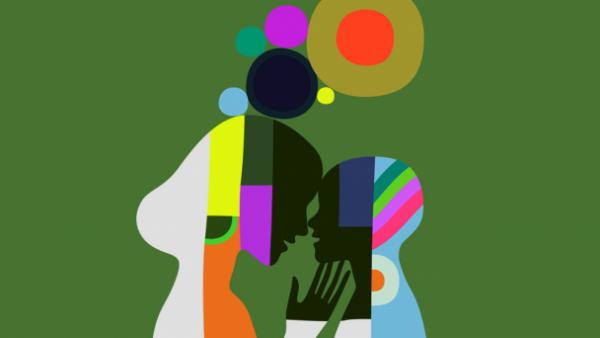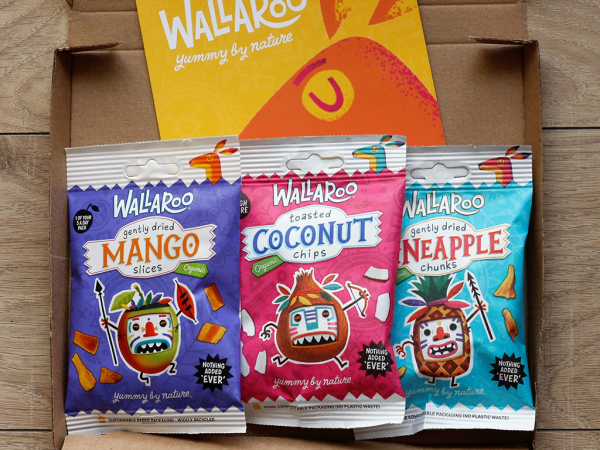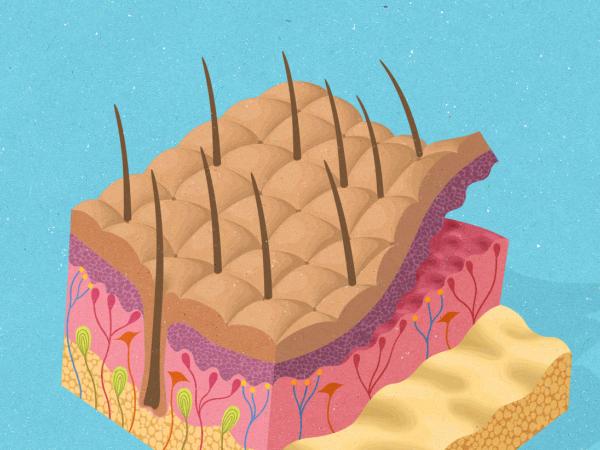The Science of Touch in Humans
Two neuroscientists explore the power of touch – our first sense to develop in the womb – and why it’s key to our health, happiness and connection to the world.
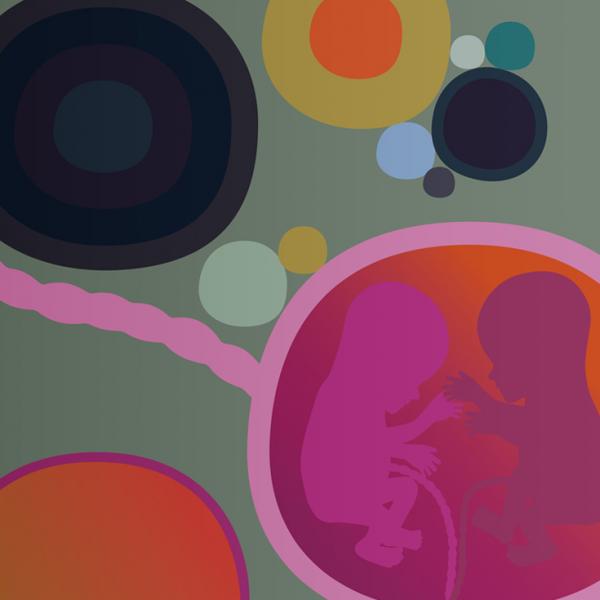
The language of the body: Why scientists are only just beginning to unravel the mysteries of touch.
It is the first of our senses to develop in the womb. It remains central to our psychological and cognitive growth. So why is it such a mystery? Neuroscientists Katerina Fotopoulou and Laura Crucianelli explore the untapped power of touch.
We tend to think of touch as the sensory ability by which humans explore surfaces and materials. Yet science suggests that touch makes far more important contributions to human life. It not only brings the skin, our largest organ, into contact with the physical world, but it also directly connects our body to the social world.
We have known for a long time that touch is a unique and powerful non-verbal channel of communication. A momentary touch by a waiter or a salesperson can increase a person’s positive evaluation of the encounter, their tipping and even their purchases.
It was, however, as late as the early 1990s when physiologists discovered that humans, like other mammals, may have a dedicated neurophysiological system for the perception of a gentle, slow, soft, stroking touch – that which occurs between a mother and her baby or two lovers.
"Subsequent experiments have shown that we are primed to perceive pleasure when either receiving or giving this kind of touch, and we experience it as socially supportive, even when we have no other cue or information about what the other party may have been intending to communicate."
As a result, emotionally painful feelings of social rejection, as well as physical pain, can be reduced by touch alone. In essence, touch is indispensable as it allows our minds to speak the language of the body.
Touch: Our earliest sense
Touch is the first of our senses to develop, our earliest form of communication and the first sense to reach maturity, remaining central throughout our lives to how we learn about our own bodies in relation to the world and others.
Studies have long shown that babies respond to their mother’s touch while in the womb and that twin foetuses will initiate movements intended to touch each other even before 20 weeks of gestation.
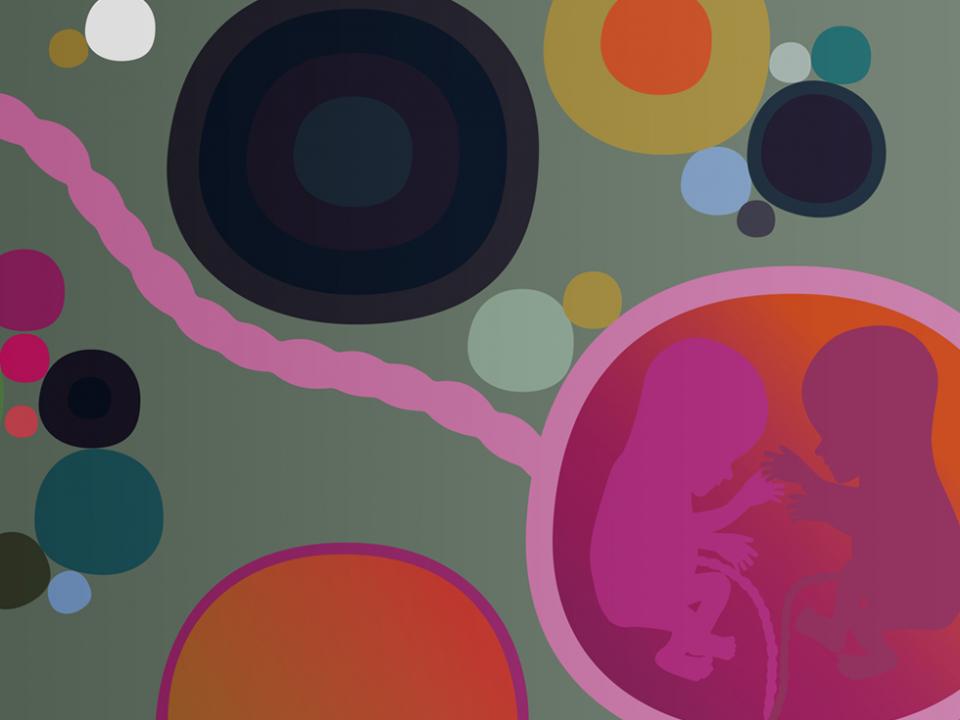
Interestingly, one of the most influential contemporary theories of child psychology, the attachment theory, suggests that physical contact is the central requirement for healthy psychological and physical development, signalling as it does to the baby a responsive and caring environment. Close bodily contact is seen as superior to other forms of comfort, particularly when an infant is distressed or needs soothing
Touch is also important for the perception and communication of psychological values, especially during social interactions. This dual function of touch, informing us about both the physical and the emotional aspects of one’s bodily experience, depends on mechanisms that can be found both on the skin and in the brain.
Touch typically occurs among other sensory and motor experiences and in given social contexts. Moreover, each individual has a touch history, with memories of it starting in the womb and becoming progressively tightly linked with other sensory and emotional experiences.
For example, consider holding a lemon in your hand and closing your eyes. As you explore its familiar shape and feel, it’s almost impossible not to think of its colour, its smell and the acidity of its taste.
These different sensory properties, perceived at different times and by different senses such as vision, touch, smell and taste, are nevertheless unified in our memories and hence in our current perception. The same multisensory integration underlies many of our cherished tactile experiences, such as stroking a purring cat, applying a perfumed body lotion or tracing the letters of an impactful sentence in a book.
This integration of touch with other sensations is how we build the foundations of our sense of self. It starts with being cared for as a child, when we deploy all the senses. We go through the routines of being fed, washed, calmed down and put to sleep. Through these experiences, we gain multiple opportunities to learn how to recognise and regulate our own needs within the context of a safe environment.
Touch as a natural medicine
Thus, emotional touch in early life is fundamental for the healthy development of both body and mind. As we progress through life, we gain a drive for social attachment, proximity and interaction that is learned from those first months.
When we move on to experience separation or rejection by others, we may experience psychological pain. Yet it transpires that if rejection hurts, touch can also be a source of healing.
Seminal rodent studies have shown that the frequency of maternal tactile behaviours, such as licking and grooming, early in life play an important role in determining behavioural responses to stress in the short term, as well as in adulthood.
''Social touch is capable of stimulating the body’s natural painkillers, while warm physical contact among couples can lead to decreases in blood pressure"
When puppies are separated from their mothers, the loss of touch inhibits secretion of growth hormones and DNA synthesis, and stimulates excessive stress responses. Importantly, these effects can be selectively reversed by soft, gentle stroking of the puppy, but not by other types of stimulation.
It has also been proved in humans that social touch is a very good medicine for stress and pain of many kinds, as it is capable of stimulating the body’s natural painkillers. Simple, everyday behaviours, such as hand-holding with partners, family members or friends, are capable of regulating both mental and physical stress and pain.
Several investigations in adults have found that warm, social, physical contact among couples can lead to decreases in blood pressure and stress, and can reduce physical pain.
Similar findings are piling up regarding the role of hugs, massage and other touch-based ways to influence the neurochemistry of the brain associated with stress, pain and bonding.
The effect of touch on the brain
Most theories link the effects of touch with three neurochemical systems in the brain – the cortisol-based stress-reactivity system, ‘social’ hormones such as oxytocin (the feel-good hormone sometimes known as the love drug) and the opioid system. Work in other animals has confirmed the importance of touch in these and other neurochemical systems.
"Affiliative touch behaviours, such as grooming, tactile play and tickling, have been shown to stimulate the production of the body’s natural opiates, the endorphins, so that, for example, the more grooming a monkey receives, the greater the changes in the brain’s opioid system."
There are also similar findings in animals as regards the flow of oxytocin, known to be released during orgasm. What these neurochemical systems seem to have in common, other than their tight links with touch and social bonding, is their association with sensory pleasure and analgesic effects.
There’s no doubt that positive touch has a unique evolutionary role in linking us to other members of our species and regulating our health in the process.
